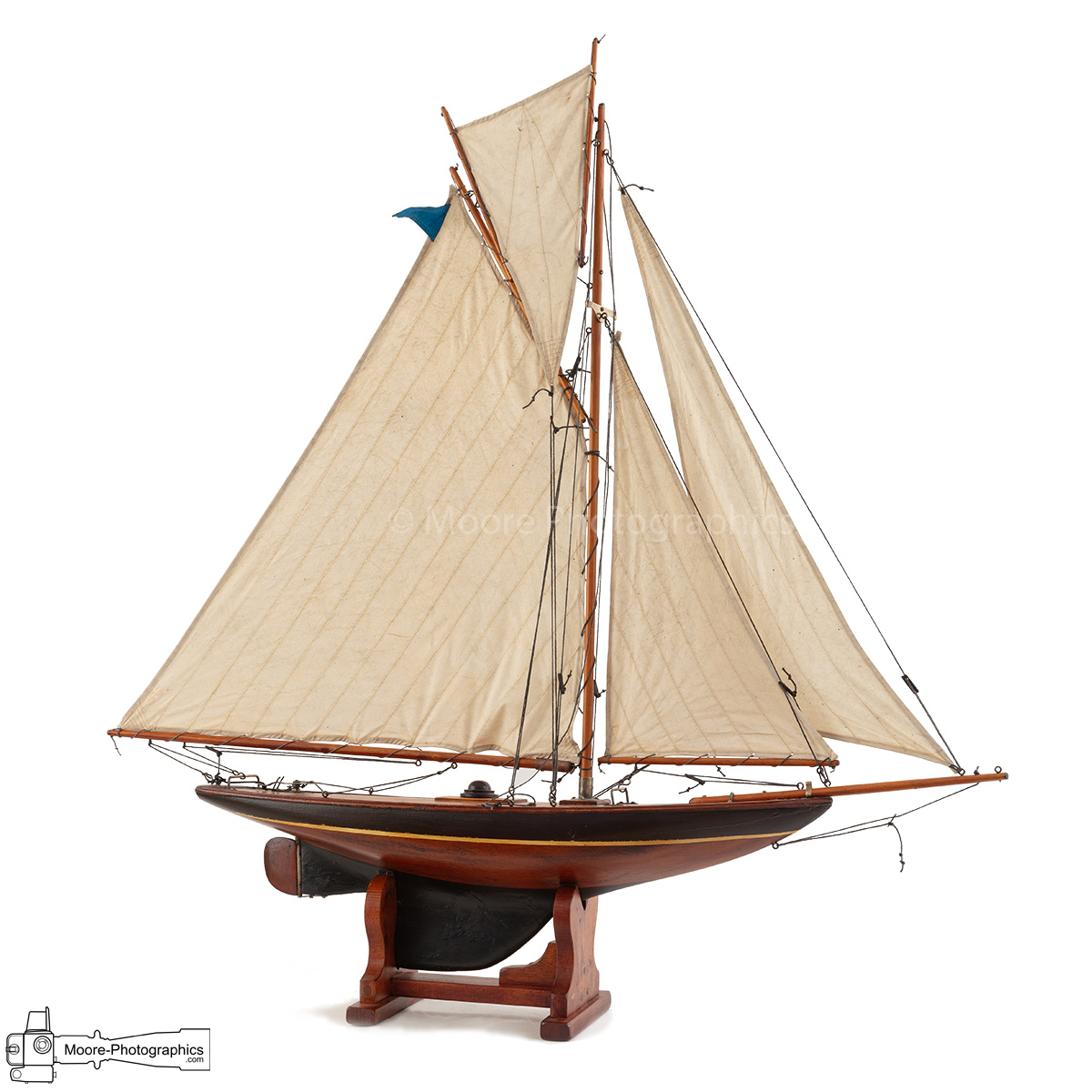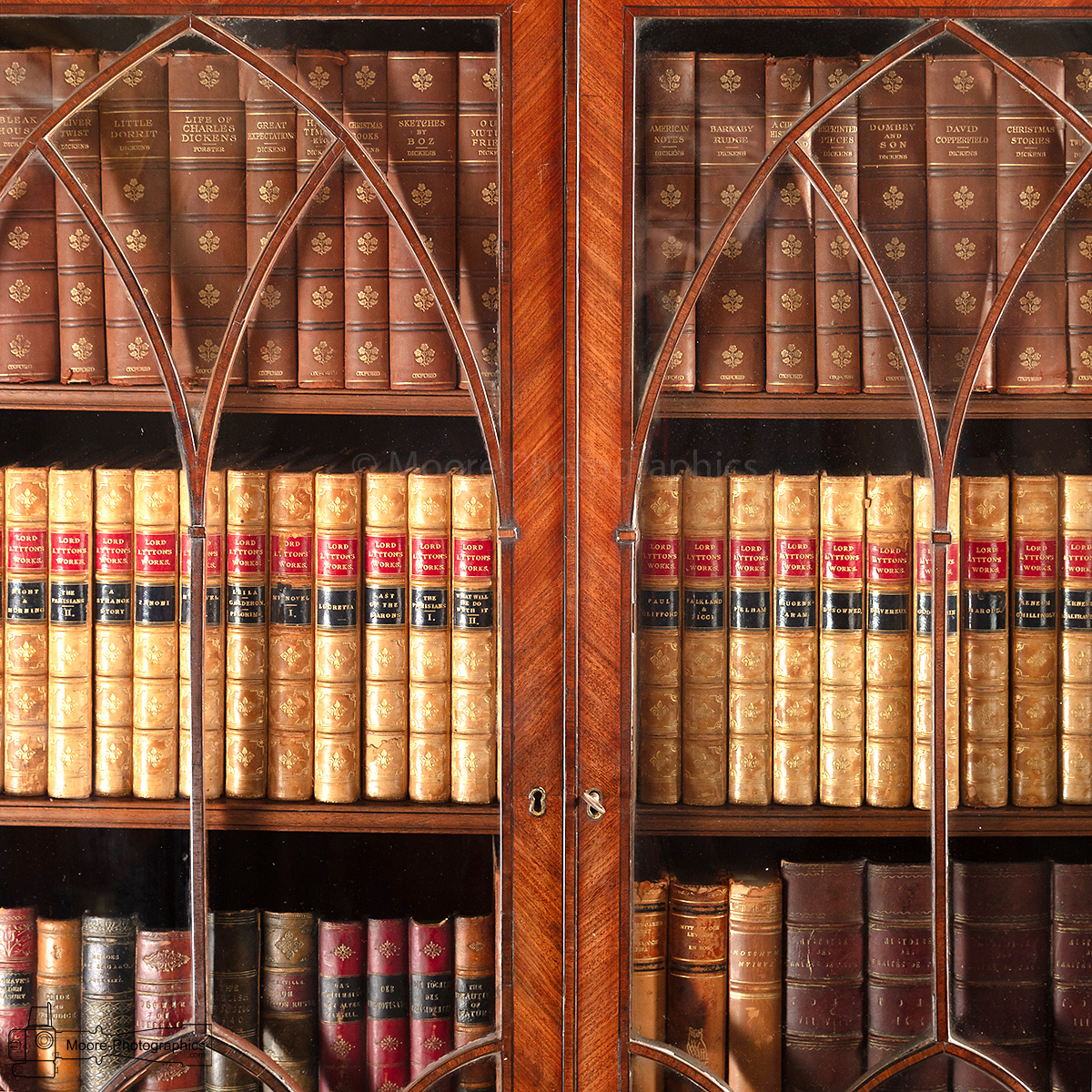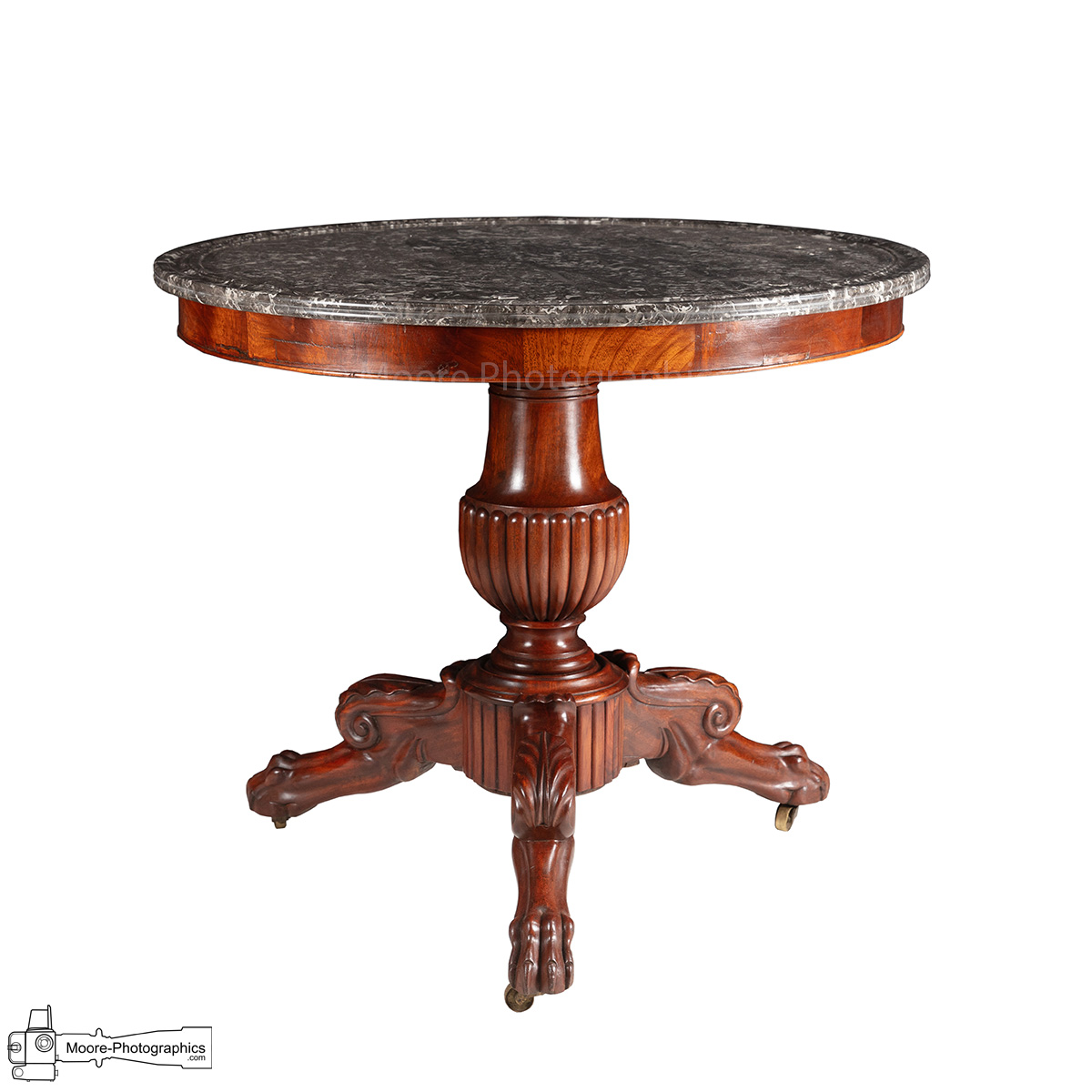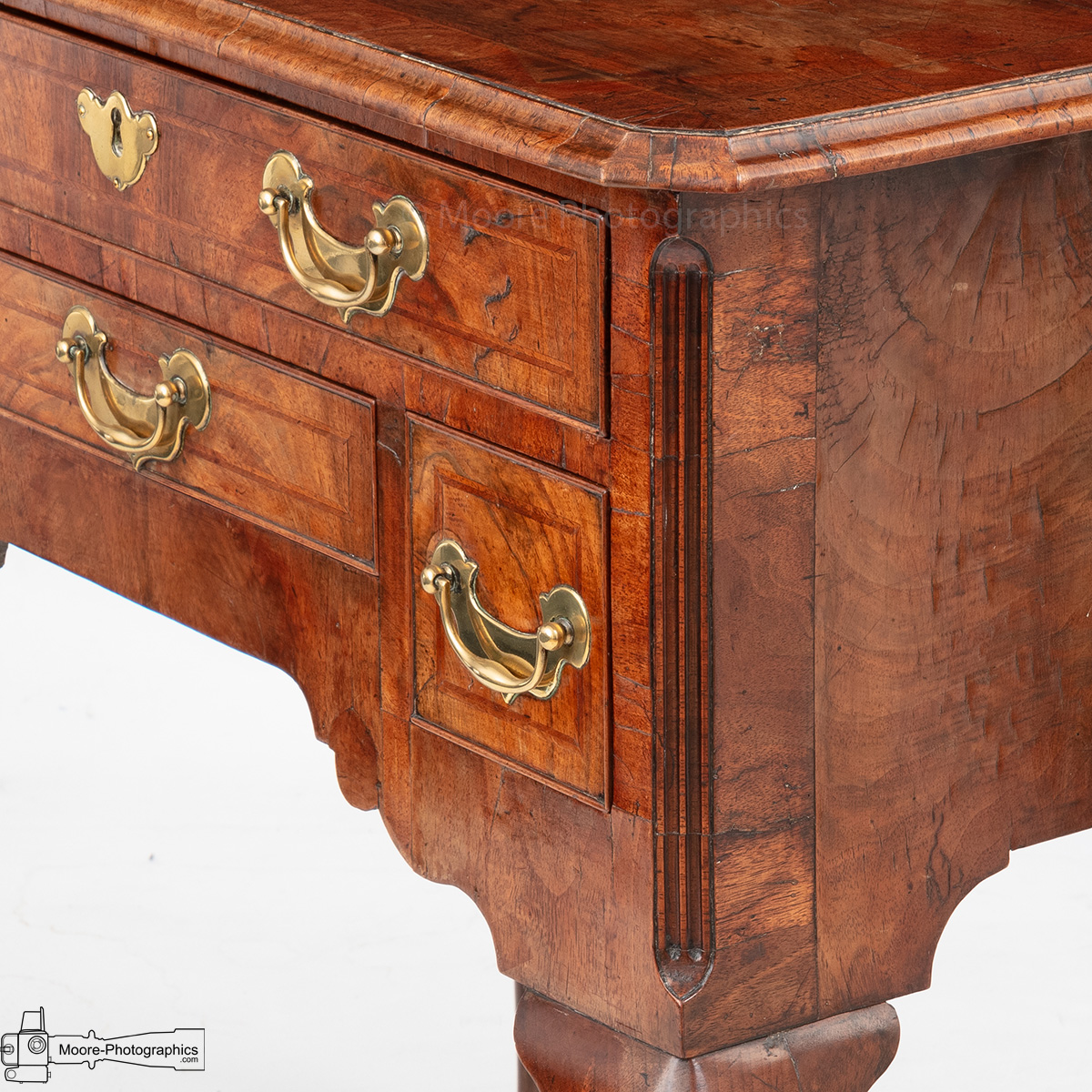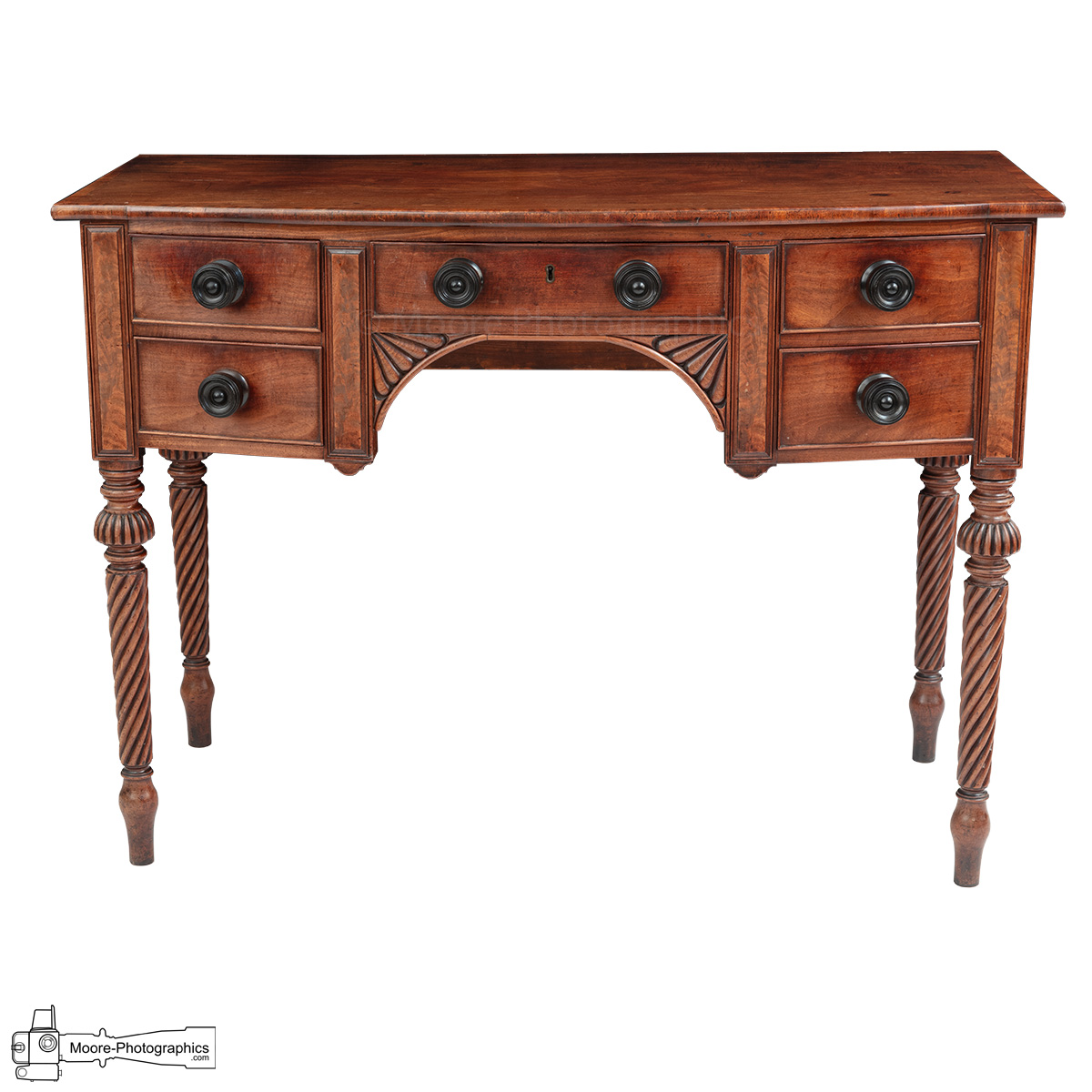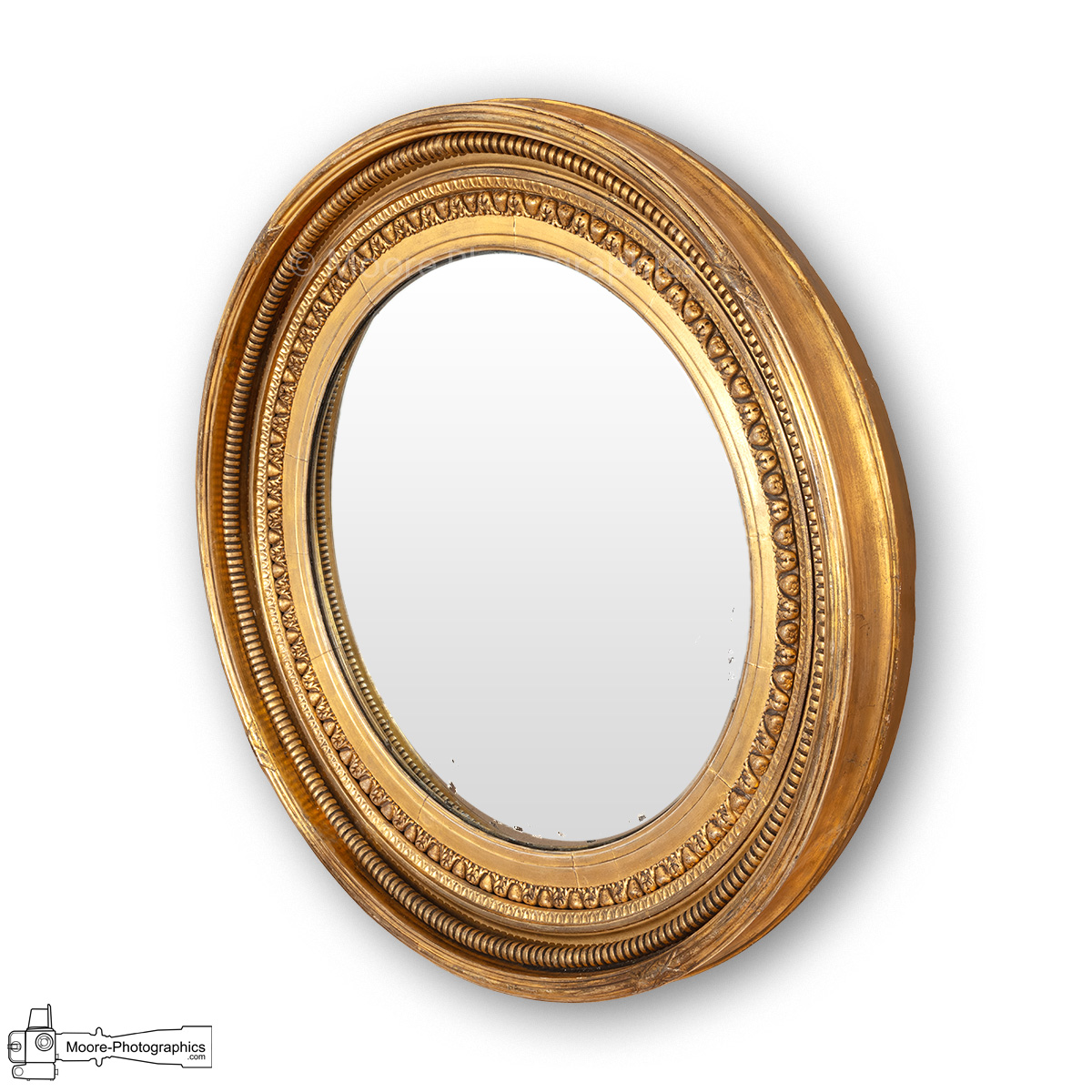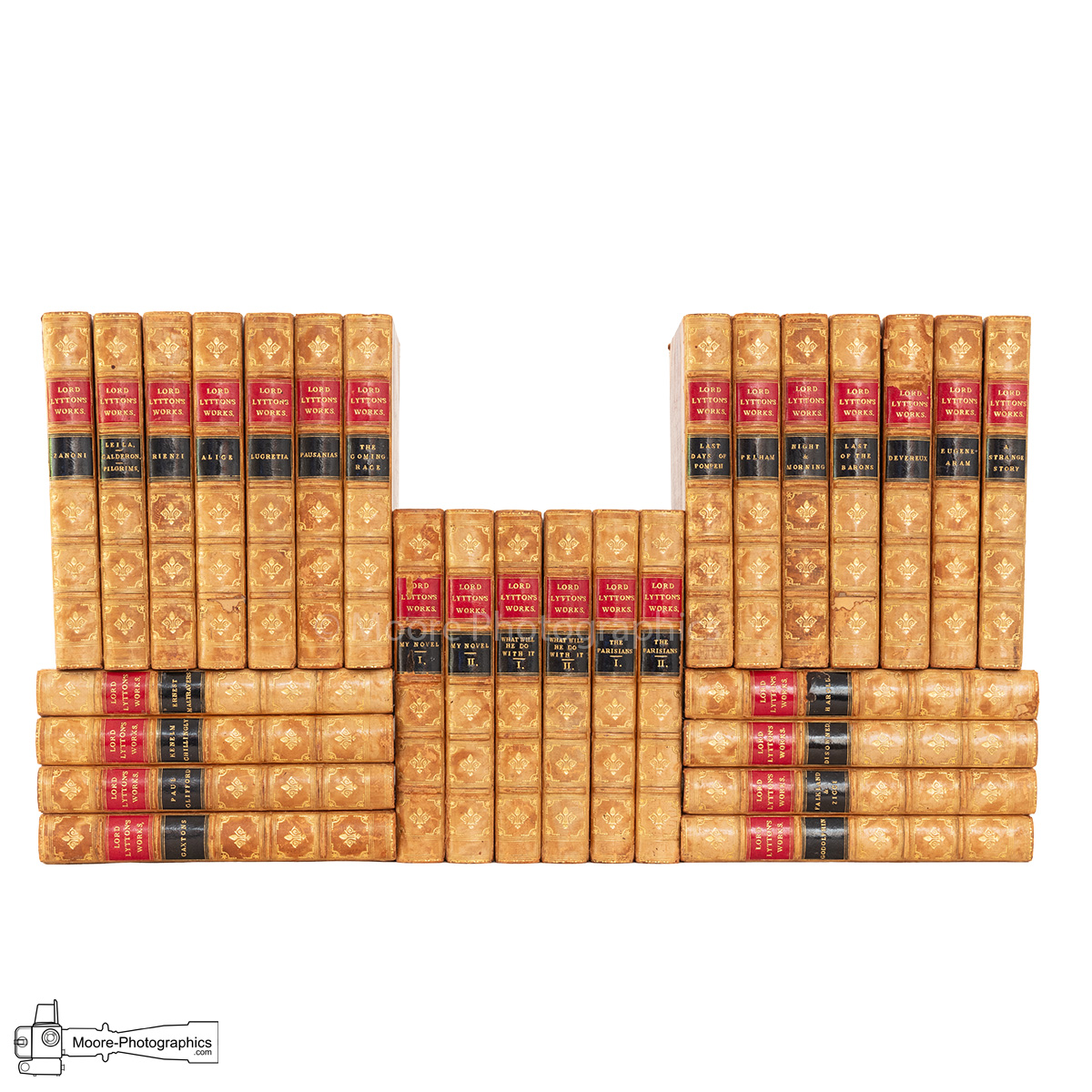Antique furniture photography is an area in which I am currently very busy. There appears to be a market for good photographers and I’m looking for work in and around my area (Wiltshire, Berkshire, Hampshire, Marlborough) and in London.
These days, the way people buy antiques or vintage items has changed dramatically in comparison to previous decades. Rarely now do you find an auction house which does not take bids from people out of their ‘area’ or even overseas? Indeed ask yourself this – would you sell your items through an auction house if there was no online process for bidding?
Online market places mean that consumers can shop from the comfort of their own homes, looking at photographs on their computers, tablets or phones. Therefore, the photos have to reflect exactly what the consumer expects to get when they buy.
This is true whether the items are being sold wholesale through an auction house – or retail through a dealer or an antiques shop or emporium.
Important aspects for capturing antique furniture in photographs.
Because details matter in antiques, colour and patina are also important and the images have to be realistic and authentic. They must also show up any cracks, flaws, imperfections, aging or even damage. It’s critically important that a photograph reflects the true item and it’s very easy to get this wrong or to ‘try’ to replicate it yourself.
Increasingly I’m finding that businesses which sell this type of product are seeing the value of working with a professional photographer who understands this and has the right kit (in my case, I have my own studio so I can achieve authenticity alongside excellence).
Here are some of the ways I do this:
- For ensuring I get the exact, true colour or colours of an item, I always use a colour swatch or colour checker, which I place next to the object being photographed when I photo, so I can adjust the camera settings, and then correct when editing the image.
- It is also important to capture the patina, or gloss and make sure that the image remains crisp and in focus. Most good quality furniture before 1860 has a shellac finish, which was the only clear surface finish available then. I can also come across very old pieces coated with milk paint, wax or oil, and after 1860, a lacquer or varnish finish. Capturing this glossy surface is important for the buyer to see as an experienced eye will be able to ascertain the accuracy of the item description alongside the visual representation of it.
- As well as an overall, uncluttered image of the whole piece of furniture, it is always useful to capture close ups of decoration, or shots of dove-tail joints and other interesting details.
- To show the provenance and real value of a piece of antique furniture, it is also important to photograph the maker’s mark. Sometimes you have to hunt for this, as it can be found in a variety of places. On occasions you have to remove drawers from dressers, check underneath, look on the ends of the item, look at underside and legs and back.
And the marks also vary from; ink stamps; ivorine labels (early plastic from 1900), embossed metal tags, or the mark carved, branded or stamped into the wood.
Many are on paper labels with printed or handwritten details – naming the maker, with their address.
Not all furniture has a maker’s mark. French antiques are more likely as they had strict rules as in 1743 – a specific guild was established to verify and stamp all pieces of furniture made in France. So it’s unusual to find French antiques without.
Sadly, before the 19th century, it was the opposite in UK. It makes it harder for modern collectors.
- I also have to capture details of any damage – cracks, repairs or any other damage which needs to be accurately recorded. It is extremely important that I look at the description that the seller provides for buyers, so that I cover all of the relevant things that have been uncovered in the research of that item.
Getting the photos wrong could result in something not selling, or selling at a cheaper price, because the imagery didn’t reflect the reality of the item of furniture.
If you would like professional photographs of your antique furniture, please get in touch – 01672 519101 – info@moore-photographics.com

